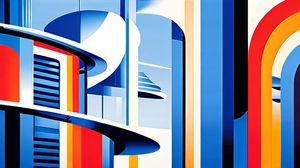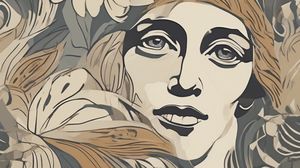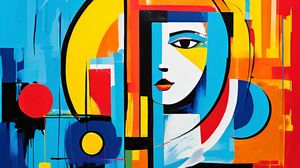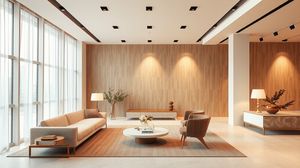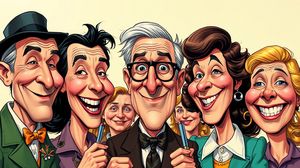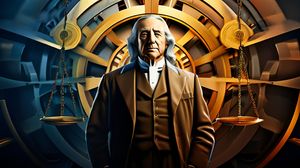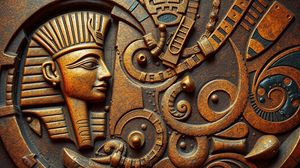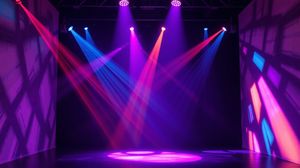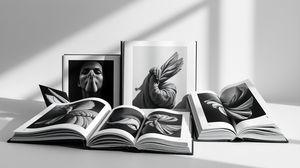
Fitzroy House, Fitzrovia, is a captivating building with a rich history nestled in the heart of London. Originally constructed in 1791, it stands as a testament to the architectural designs of the Georgian era. The building has undergone several transformations over the years, reflecting the dynamic cultural and social changes of the city.
One of the most intriguing aspects of Fitzroy House is its connection to famous literary figures. During the late 18th and 19th centuries, Fitzrovia became a vibrant hub for writers, artists, and intellectuals. The area, including Fitzroy House, was frequented by icons such as Virginia Woolf, George Bernard Shaw, and Dylan Thomas, giving it an air of creative inspiration.
Fitzroy House is perhaps best known today for its association with the Church of Scientology. Since the mid-1960s, it has housed the L. Ron Hubbard Foundation, dedicated to preserving the works and legacy of the Church's founder. The interior reflects this history, featuring meticulously restored rooms and exhibits about Hubbard's life and writings.
The building stands out architecturally, not only for its Georgian roots but also for the unique details present in its design. The facade and interior have been well-preserved, offering visitors a glimpse into the elegance of past architectural craftsmanship. Its restoration includes period-specific details that add to the authenticity of the experience.
Fitzroy House also acts as a cultural venue, often hosting exhibitions and special events. These events aim to celebrate both the heritage of Fitzrovia and the life of L. Ron Hubbard, drawing both locals and tourists interested in the intersection of history, architecture, and modern-day faith.
This notable locale features an unusual blend of historical significance and modern cultural relevance, making it an intriguing stop for those exploring the diverse landscape of London. Its unique story is woven into the fabric of Fitzrovia, offering visitors an unexpected journey into both London's past and present.

Making the Most of Your Visit:
First off, spend some time admiring the Georgian architecture on the exterior of Fitzroy House. Look closely at the facade; the building's well-preserved design is a beautiful example of 18th-century craftsmanship.
When exploring the interior, take note of the room layouts and details—it's like stepping back in time. The restoration work includes many period-specific touches, so keep an eye out for those authentic Georgian features.
Don't miss the exhibits about L. Ron Hubbard. Whether you're familiar with the Church of Scientology or not, the displays provide an interesting insight into his life and works, and they're a significant part of the building's current identity.
If there's an event or special exhibition on during your visit, definitely take the opportunity to experience it. These are often unique to Fitzroy House and give a deeper understanding of its role in the cultural and social tapestry of the area.
Take a stroll around Fitzrovia after your visit. The neighborhood itself has a rich literary and artistic history that complements the experience of Fitzroy House, adding more layers to your understanding of the area's cultural significance.

Visiting Times & Costs:
Fitzroy House, Fitzrovia, is open to the public, but entry is typically by appointment only. It is advisable for visitors to check in advance for specific visiting hours as these can vary.
Entry to Fitzroy House is generally free of charge, although certain events or special exhibitions may incur a fee. It is recommended to confirm the details of any such events prior to visiting.
Regarding accessibility, Fitzroy House has not advertised specific facilities for visitors with mobility issues, so it is advised to contact them directly for the most accurate information on accessibility. Since the building is a historic Georgian structure, accessibility can be limited.

Address & Map:

Nearby:
